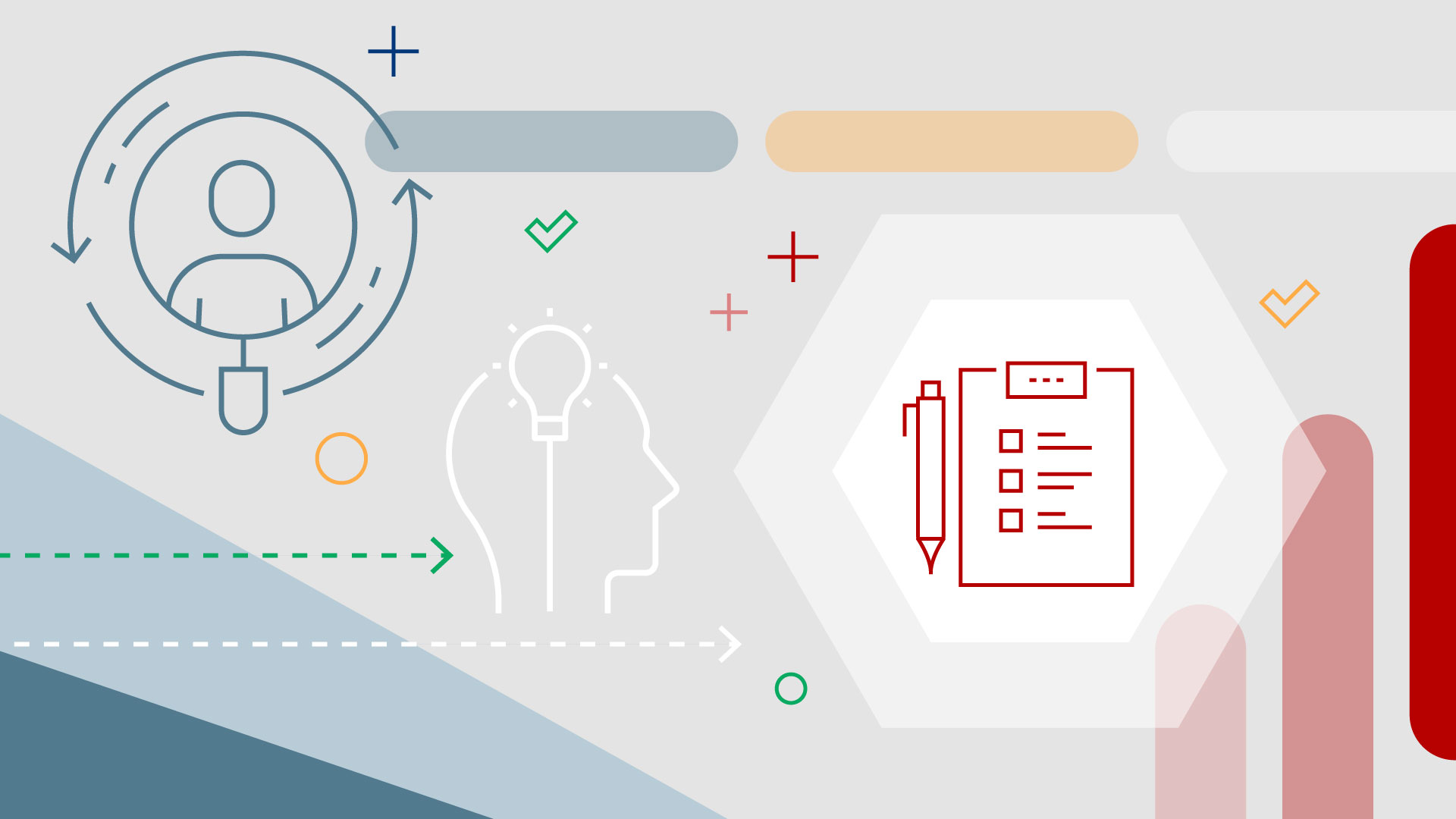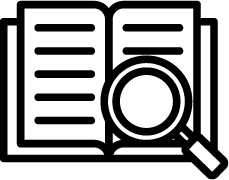Benefits Realization
Benefits Realization
The benefits realization capability allows organizations to realize the value of their products, initiatives, and investments. This is monitored by tracking key results against outcomes, and reviewing financial plans that track benefits, revenue, and costs.
Learn more
Capability resources

Portfolios process flows
Review step-by-step guidance, process flows, and best practices for end users to achieve specific business outcomes.
Learn more
 Definition
Definition Business value
Business value